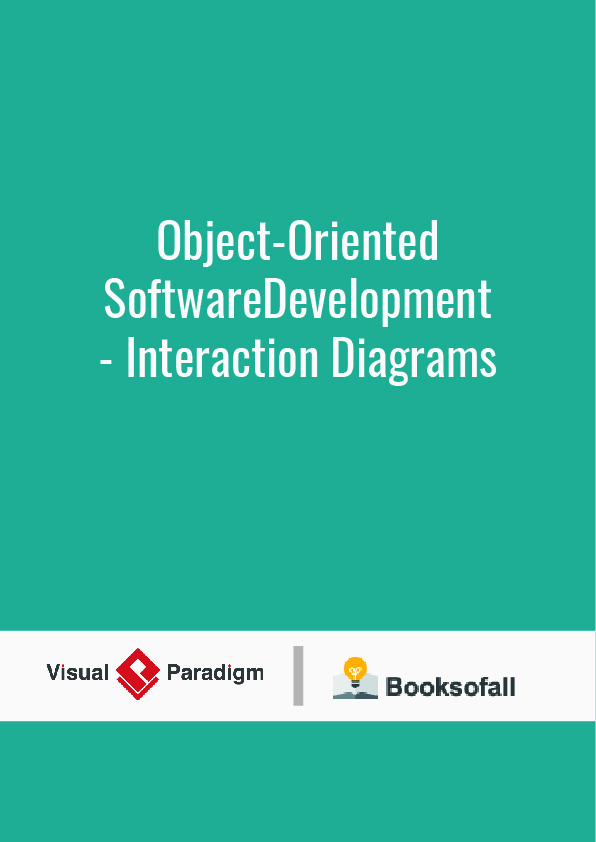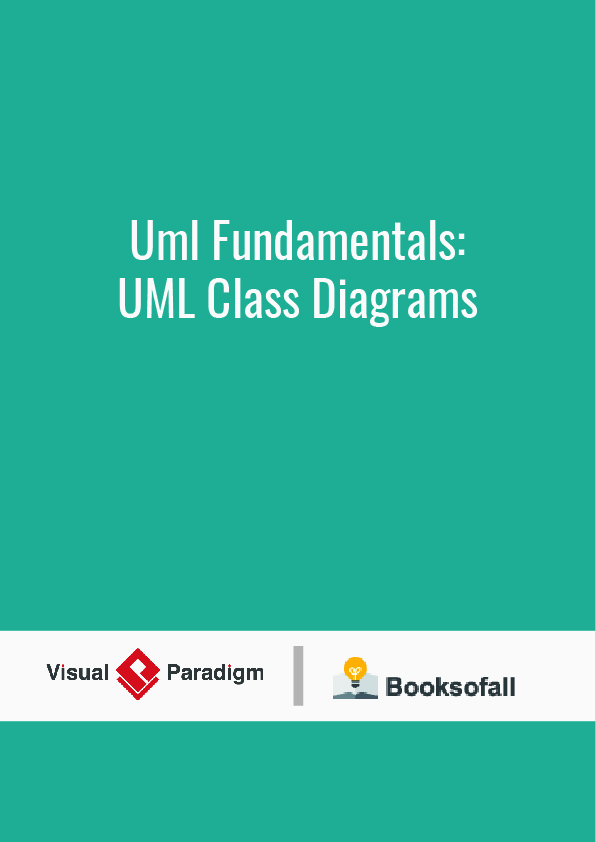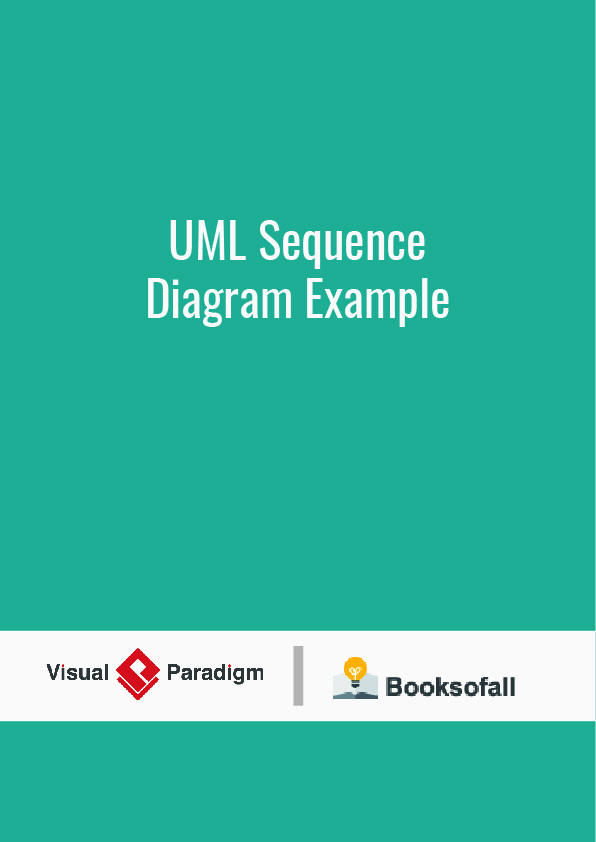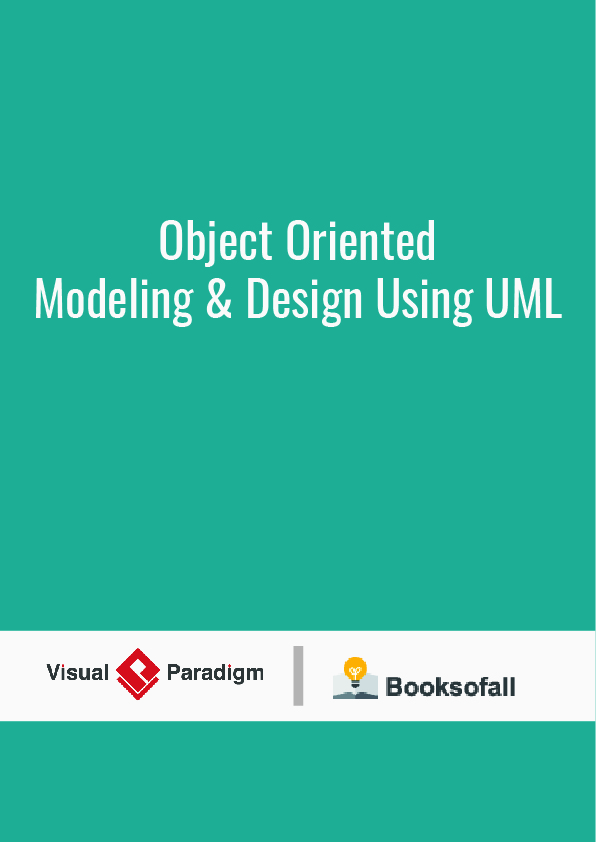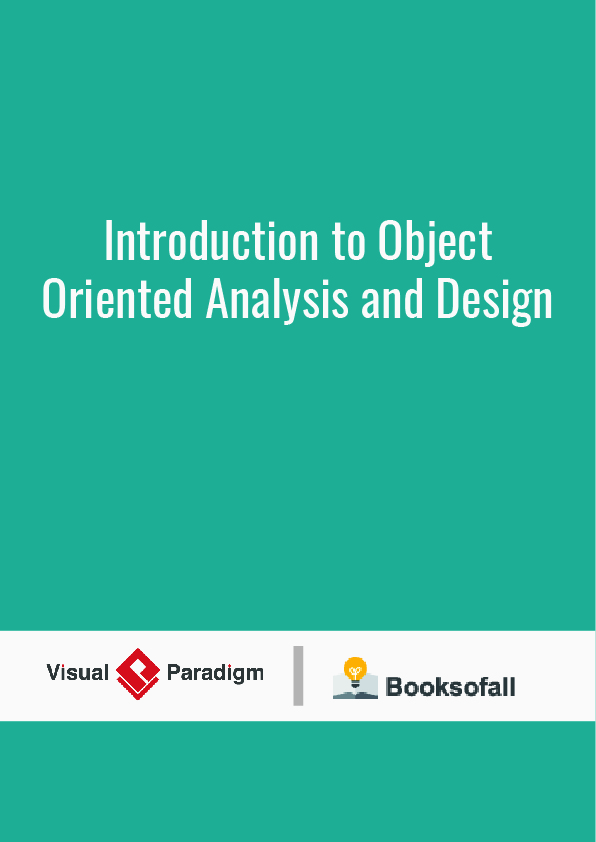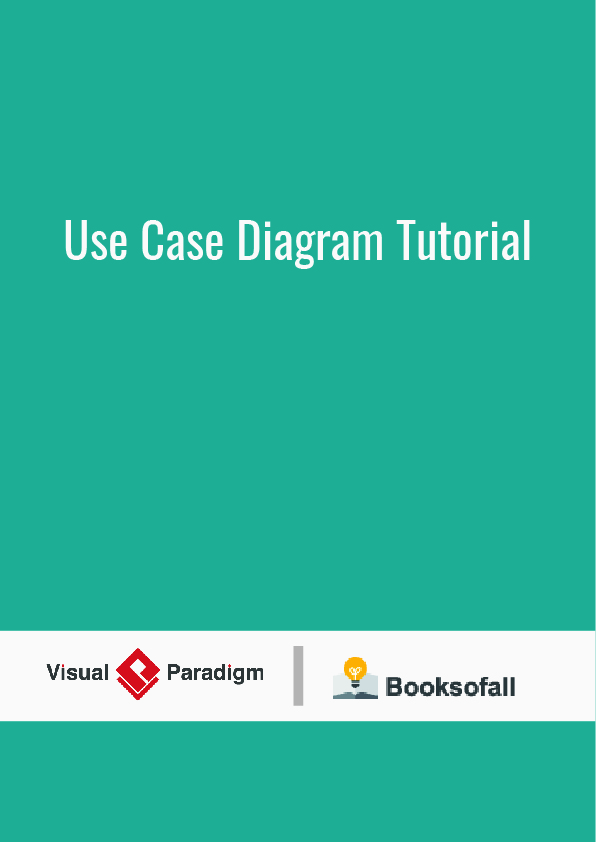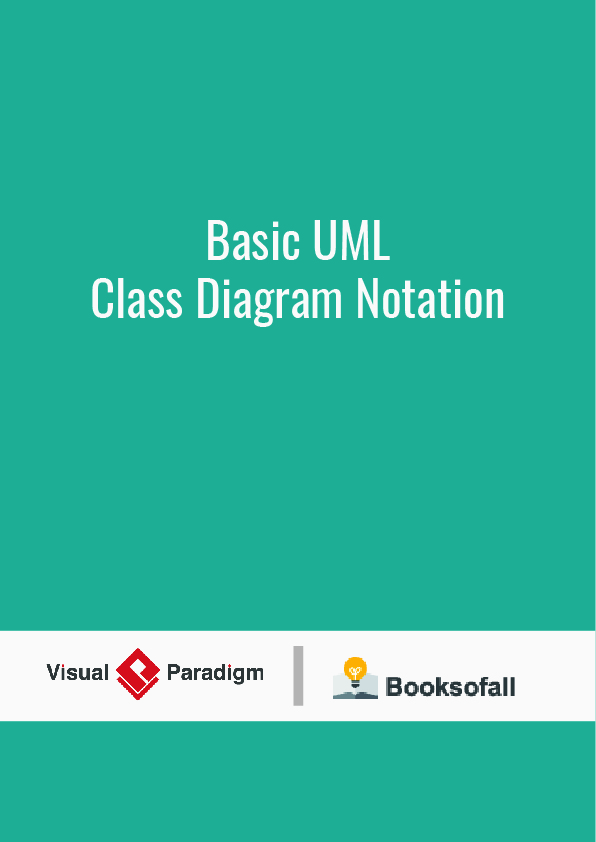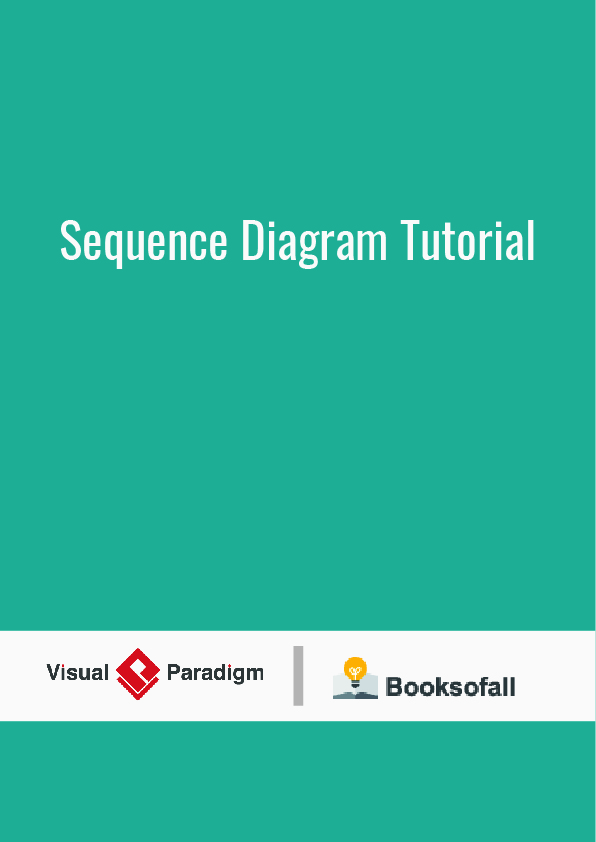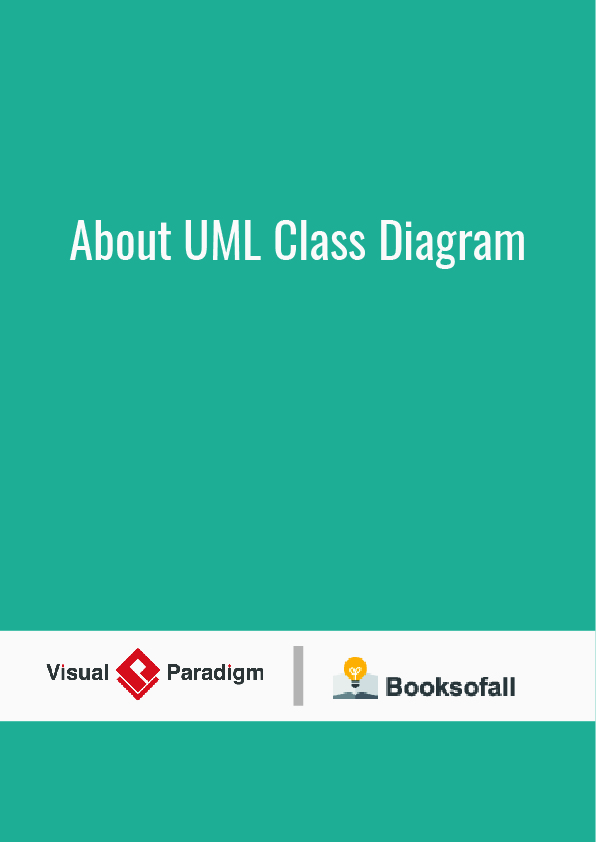Interaction Diagrams
- UML interaction diagrams represent interaction (communication, collaboration) between objects/classes
- For dynamic object modeling
- UML interaction diagrams consist of
– Sequence diagrams
– Communication diagrams
Sequence diagram
A sequence diagram or system sequence diagram (SSD) shows process interactions arranged in time sequence in the field of software engineering. It depicts the processes involved and the sequence of messages exchanged between the processes needed to carry out the functionality. Sequence diagrams are typically associated with use case realizations in the 4+1 architectural view model of the system under development. Sequence diagrams are sometimes called event diagrams or event scenarios.
For a particular scenario of a use case, the diagrams show the events that external actors generate, their order, and possible inter-system events. All systems are treated as a black box; the diagram places emphasis on events that cross the system boundary from actors to systems. A system sequence diagram should be done for the main success scenario of the use case, and frequent or complex alternative scenarios.
Key elements
A sequence diagram shows, as parallel vertical lines (lifelines), different processes or objects that live simultaneously, and, as horizontal arrows, the messages exchanged between them, in the order in which they occur. This allows the specification of simple runtime scenarios in a graphical manner.
A system sequence diagram should specify and show the following:
- External actors
- Messages (methods) invoked by these actors
- Return values (if any) associated with previous messages
- Indication of any loops or iteration area
Reading a system sequence diagram
Professionals, in developing a project, often use system sequence diagrams to illustrate how certain tasks are done between users and the system. These tasks may include repetitive, simple, or complex tasks. The purpose is to illustrate the use case in a visual format. In order to construct a system sequence diagram, you need to be familiar with the unified modeling language (UML). These models show the logic behind the actors (people who affect the system) and the system in performing the task. Reading a sequence diagram begins at the top with the actor(s) or the system(s) (which is located at the top of the page). Under each actor or system there are long dotted lines called lifelines, which are attached to them. Actions are performed with lines that extend between these lifelines. When an action line is connected to a lifeline it shows the interaction between the actor or system. Messages will often appear at the top or bottom of a system sequence diagram to illustrate the action in detail. For example, the actor could request to log in, this would be represented by login (username, password). After each action is performed, the response or next action is located under the previous one. As you read down the lines you will see in detail how certain actions are performed in the provided model, and in what order.
Communication diagram
A communication diagram in the Unified Modeling Language (UML) 2.0, is a simplified version of the UML 1.x collaboration diagram.
UML has four types of interaction diagrams:
- Sequence diagram
- Communication diagram
- Interaction overview diagram
- Timing diagram
A Communication diagram models the interactions between objects or parts in terms of sequenced messages. Communication diagrams represent a combination of information taken from Class, Sequence, and Use Case Diagrams describing both the static structure and dynamic behavior of a system.
However, communication diagrams use the free-form arrangement of objects and links as used in Object diagrams. In order to maintain the ordering of messages in such a free-form diagram, messages are labeled with a chronological number and placed near the link the message is sent over. Reading a communication diagram involves starting at message 1.0, and following the messages from object to object.
Communication diagrams show much of the same information as sequence diagrams, but because of how the information is presented, some of it is easier to find in one diagram than the other. Communication diagrams show which elements each one interacts with better, but sequence diagrams show the order in which the interactions take place more clearly.
